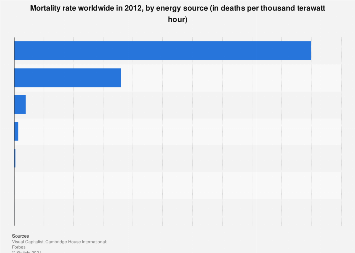
Low renewable energy prices: How can utilities take advantage of the unstoppable growth of solar and wind?
New U.S. Power to Choose Energy Information Administration (EIA) information anticipate sunlight based and wind energy will rule America’s new age in 2020, making up 76% of a new age and adding 42 gigawatts (GW) of zero-discharge limit, while coal and gaseous petrol will rule 2020 retirements with 85% of plant terminations.
EIA reports U.S. power age from renewable energy surpassed coal without precedent for April 2019 and estimates the coal age will decay 13% in 2020. EIA projects the petroleum gas age will just become 1.3% in 2020 – the slowest rate since 2017 – while non-hydro power renewable energy age will become 15% in 2020 – the quickest rate in four years.
New U.S. renewable energy speculation rose 28% to a record $55.5 billion out of 2019 notwithstanding supportive of petroleum derivative Trump organization endeavours, U.S. sunlight based establishments could hit a record 19 gigawatts (GW) in 2020 regardless of government charge impetuses eliminating, and framework controllers gauge 330 GW of wind and sun oriented will come online by 2029.
Renewable energy costs tumbled to record lows in 2019

Lazard’s latest Levelized Cost of Energy (LCOE) examination shows U.S renewable energy costs kept falling quickly in 2019, with wind and sun oriented hitting new lows after renewables fell beneath the expense of coal in 2018. LCOE estimates the absolute expense of building and working an office over its lifetime, and shows renewables beating non-renewable energy sources by ever-bigger edges – even without sponsorships – with that pattern conjecture to proceed for quite a long time to come.
In the last decade, wind energy costs have fallen 70% and sun-oriented photovoltaics have fallen 89% by and large, as indicated by Lazard’s 2019 report. Utility-scale renewable energy costs are presently altogether underneath those for the coal and gas age, and they’re not exactly a large portion of the expense of atomic. The most recent numbers again affirm that building a new clean energy age is less expensive than running existing coal plants.
At the end of the day, it is currently less expensive to save the environment than to obliterate it. Limit establishment patterns mirror this monetary reality, with new wind and the sun-based age coming on the web dangerously fast. The wind power limit in the U.S. has dramatically increased since 2010 and arrived at almost 100 GW in 2018.
Utility-scale sunlight-based limit developed by a factor of more than 30 throughout a similar time-frame to more than 60 GW and is relied upon to dramatically increase over the following five years.
In Lazard’s LCOE investigation, unsubsidized wind force and utility-scale sun-powered come in at lower value ranges than some other dissected assets including gas, coal, and atomic. According to the DOE, wind energy’s unsubsidized cost ranges from $28 to $44 per megawatt-hour (MWh), and utility-scale sun power is in the $32 to $42 range per MWh range. Considering endowments, wind costs plunge to $11–$45/MWh and utility-scale sun-powered costs stay generally stable at $31–$40/MWh.
Unsubsidized clean energy ranges are lower than atomic at $118–$192/MWh, coal at $66–$152/MWh, and gas consolidated cycle at $44–$68/MWh. In any event, considering these figures apply just to the new age limit, taking a gander at the peripheral expenses to run existing coal or atomic—$26–$41/MWh and $27–$31/MWh individually, shows constructing new renewable energy stays serious with running existing age.





